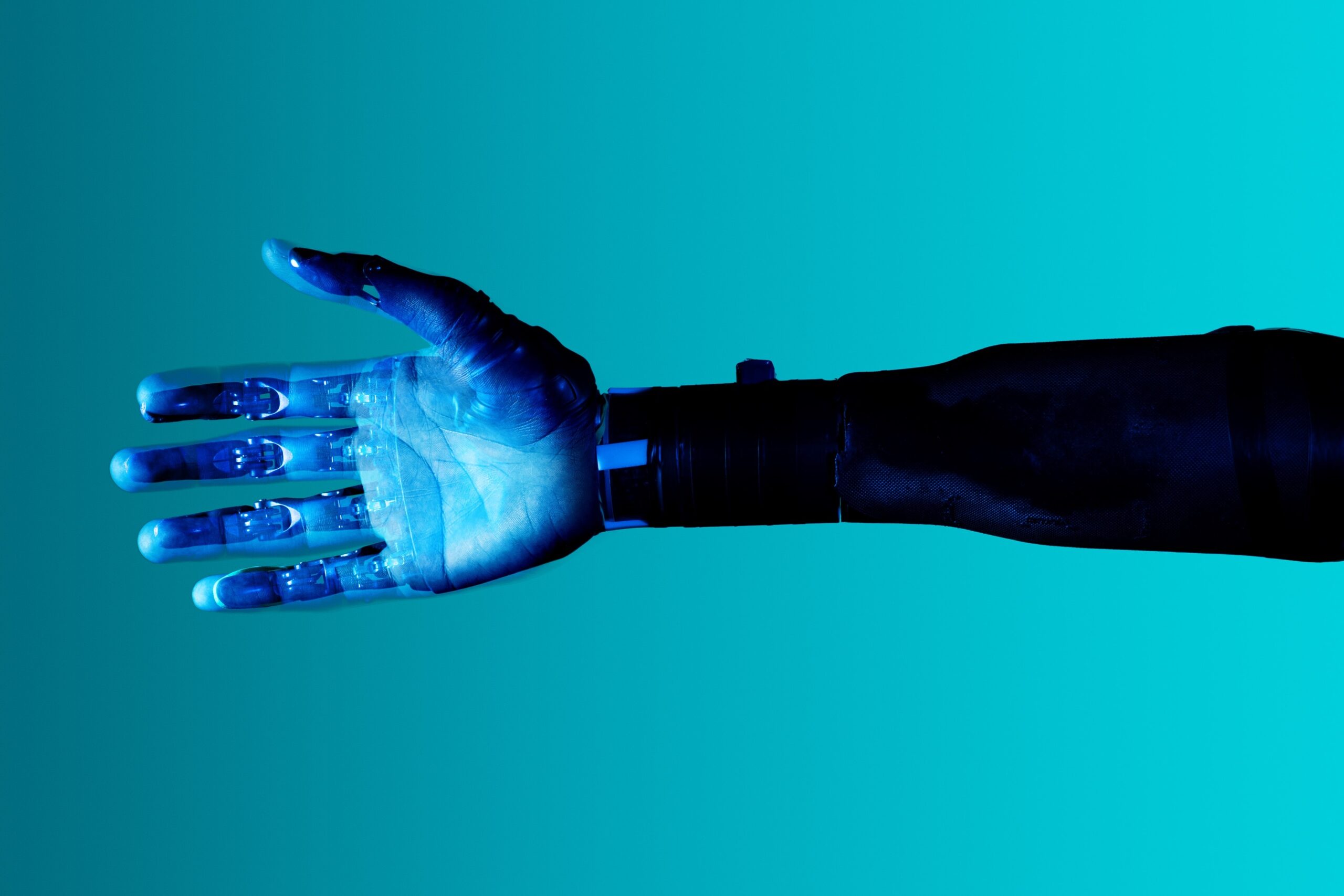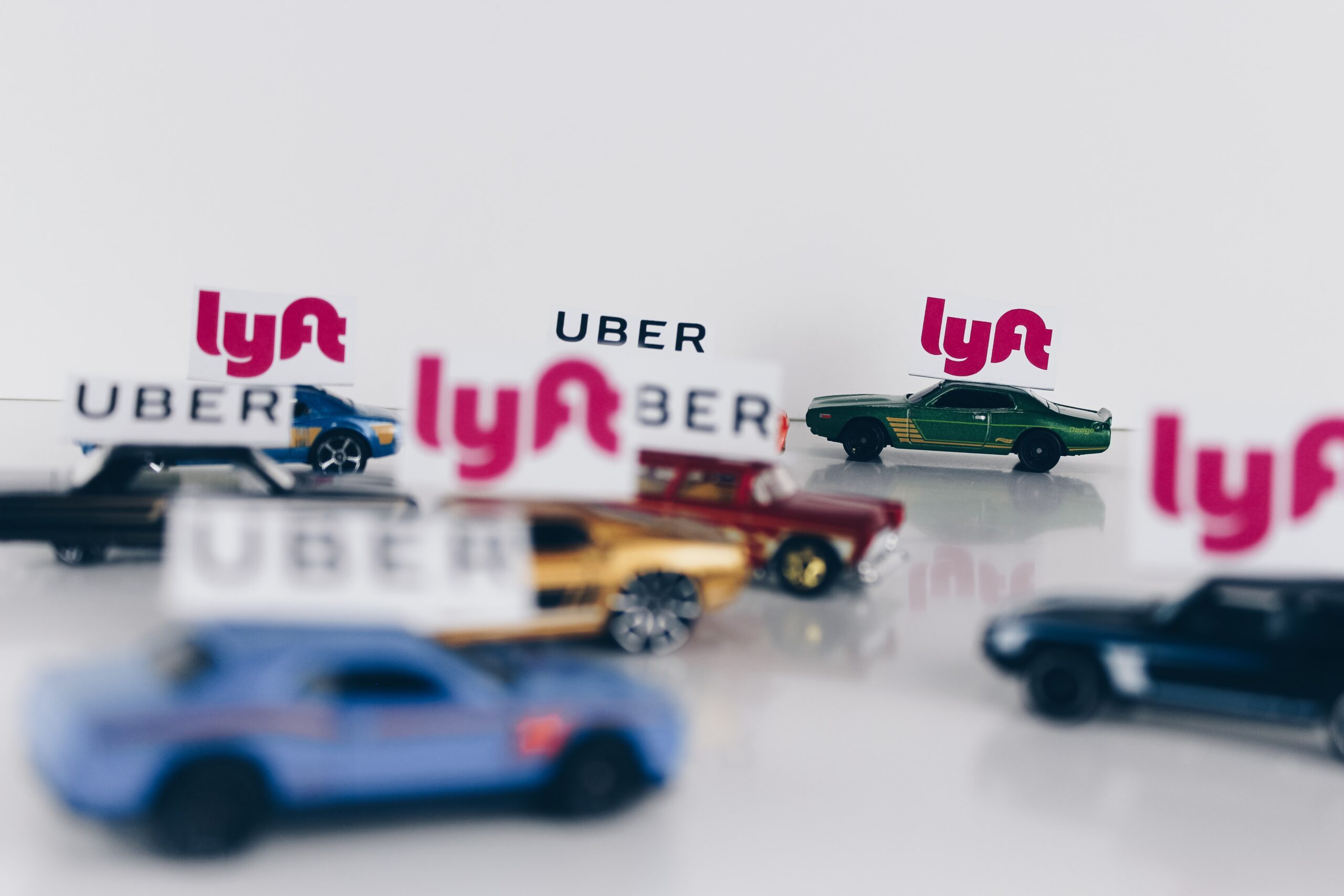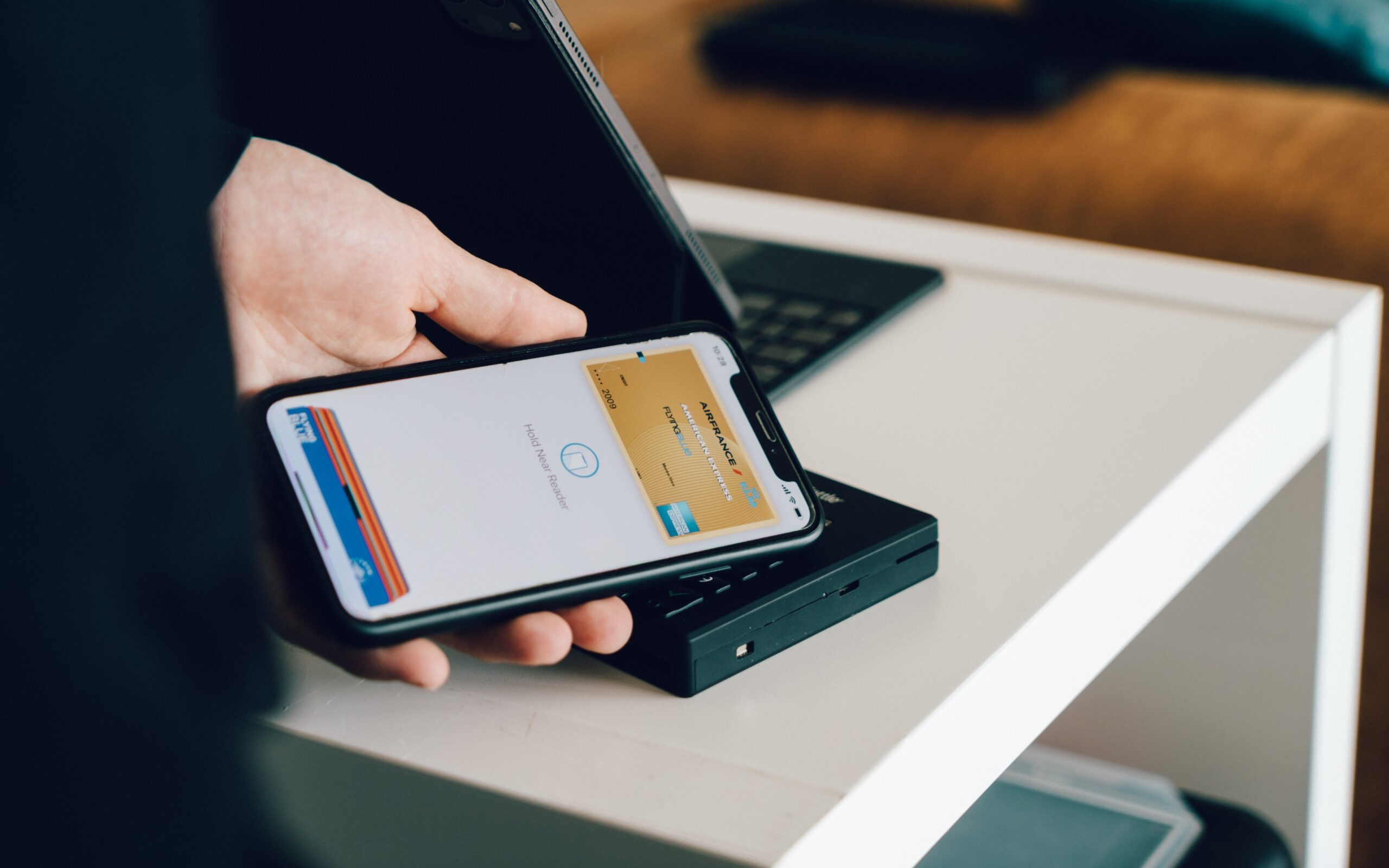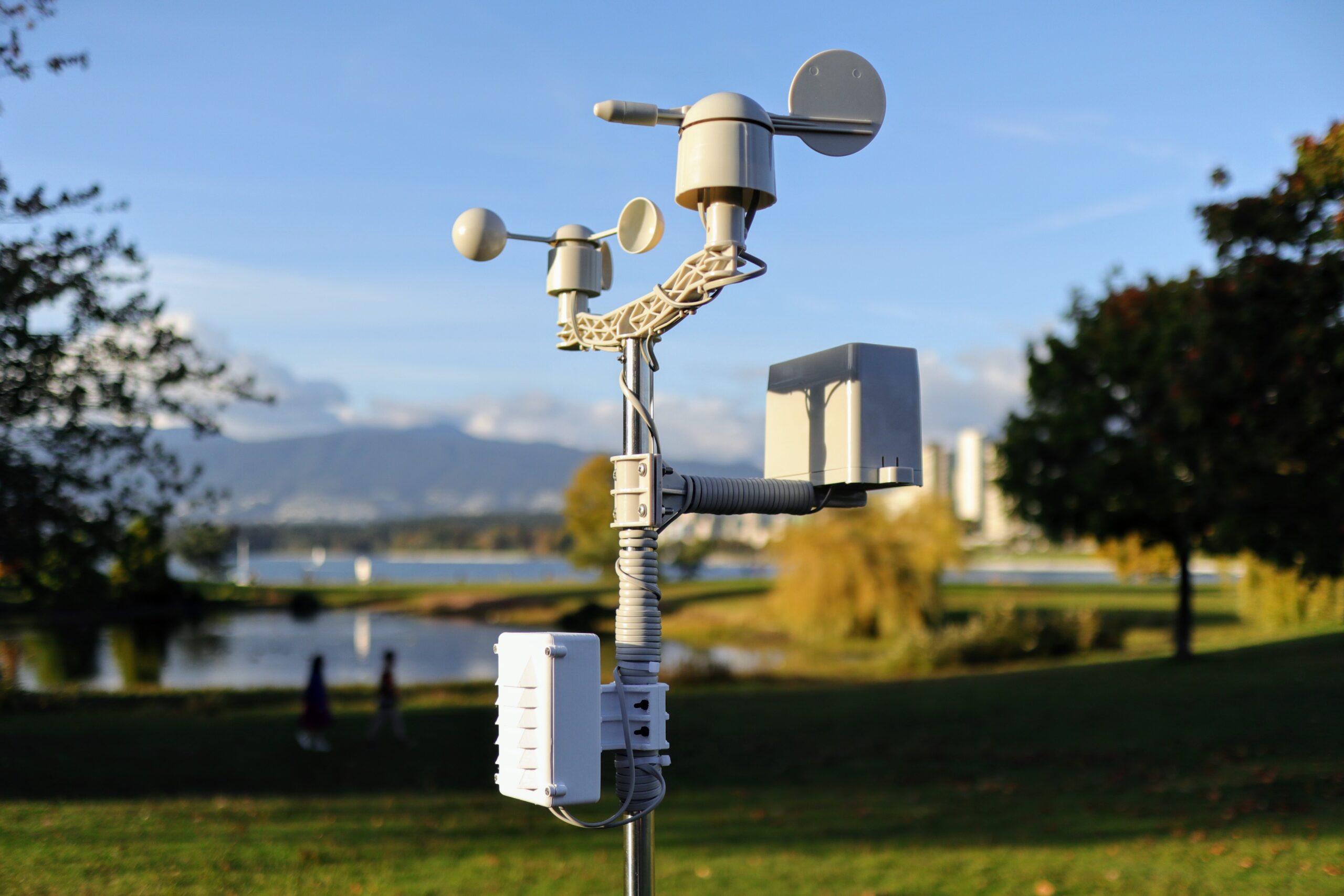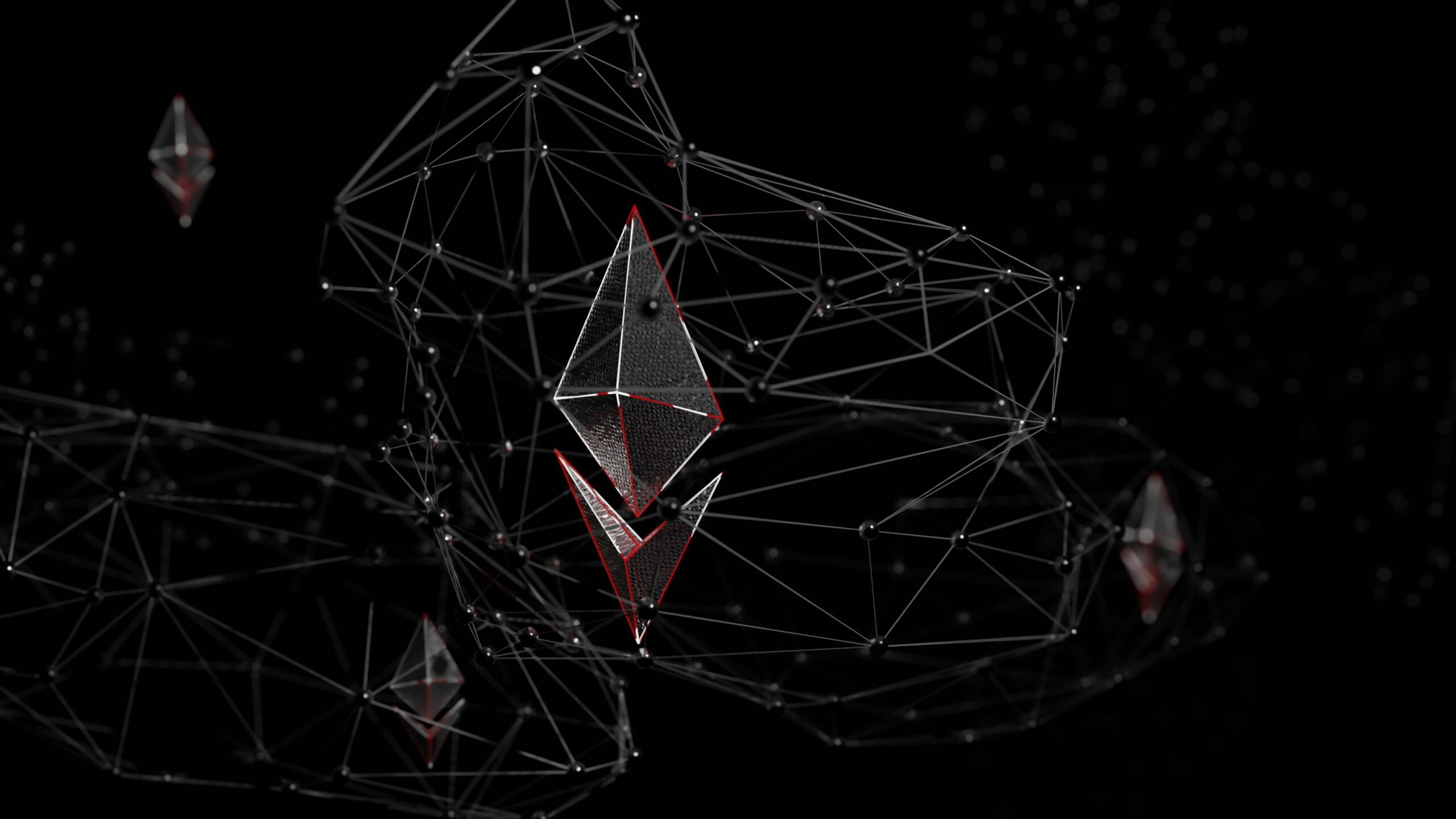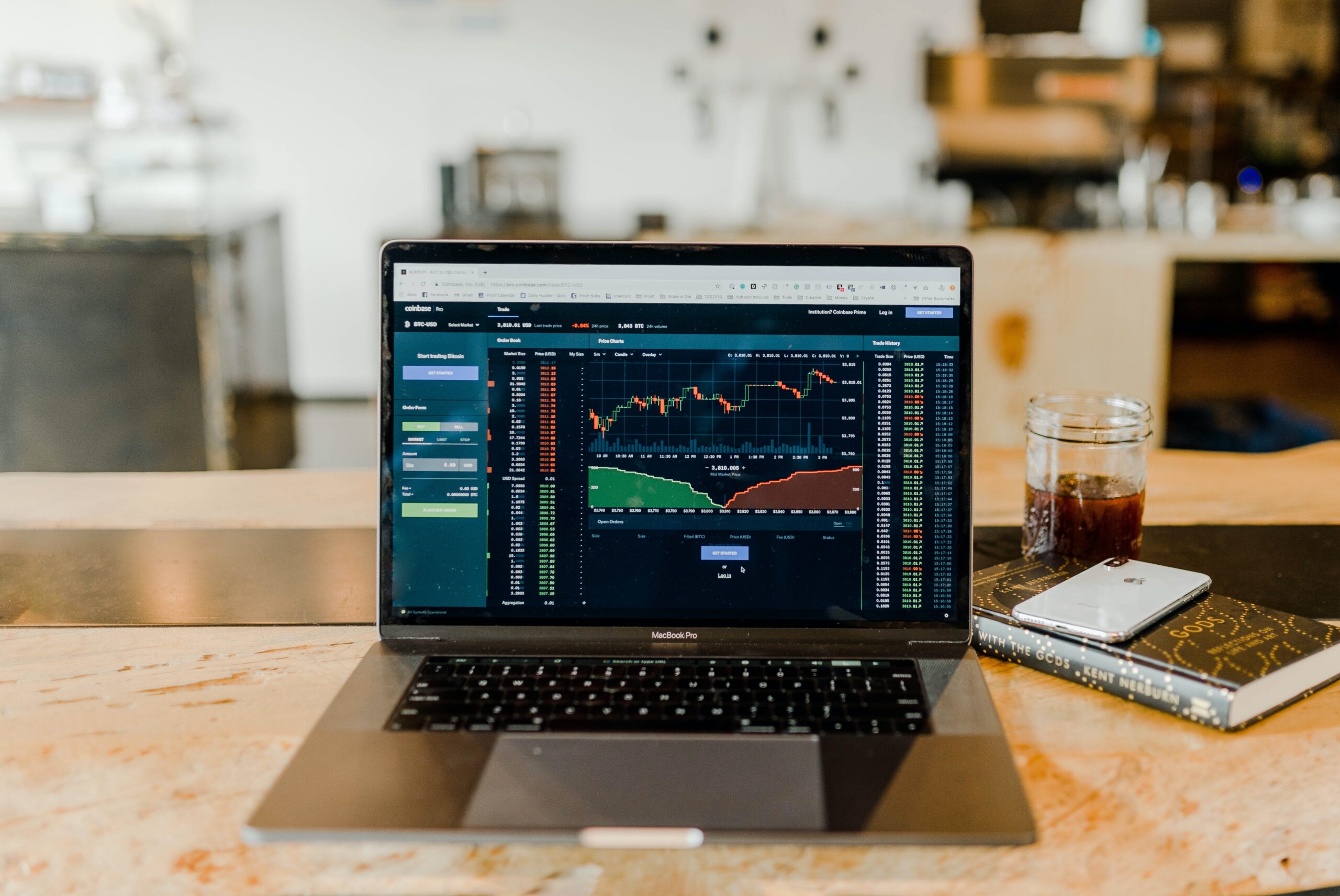Stablecoins are crypto assets whose values are pegged to fiat currencies, such as the US dollar. Stablecoin operators generally maintain a reserve of fiat currency which equals the token’s circulating supply.
With the rapid rise in stablecoin circulation over the past few years, central banks have increased their efforts to develop their stable digital currencies. These centralized fiat copies are called Central Bank Digital Currencies (CBDCs), or cryptos backed by a country’s central bank.
Rather than being pegged to a fiat currency, CBDCs are a digital form of the country’s legal tender. This article will explain some of the critical differences between Stablecoins and CBDCs, and why CBDCs add very little to the global economy.
The Past Decade
Cryptos have come a long way since the inception of Bitcoin in January 2009. While still a speculative asset, cryptos are evolving into an asset class that is a legitimate investment opportunity as respected investing apps continue to onboard crypto trading.
The technological foundation of cryptocurrencies, the blockchain, has been shown to have utility in several public and private applications. Blockchain is now being applied in fields from the supply chain to medicine, gaming, ticketing, art, and finance.
What has also changed is crypto, and blockchain’s favorability with governments. Different crypto projects have garnered different levels of openness to regulation, and different governments have different perceptions about the advantages or threats of cryptos.
With these recent advances, two unique kinds of digital currencies have resulted. Stablecoins and CBDCs have emerged as potential options that could be widely used for commerce and trade in the future. Being related to fiat, these digital currencies may, at first glance, be similar, but there are significant differences between them.
What Are Stablecoins?
Stablecoins represent a type of tokenized asset whose value is pegged to a real-world asset, generally a fiat currency like the USD, but there are stablecoins pegged to gold and other assets too. They’re vital for removing almost all transaction fees and enabling the liquid trading of those using advanced crypto brokers.
Stablecoin operators usually maintain a reserve of the fiat currency and other assets (including cryptocurrencies) equal to the token’s circulating supply.
If the project mints more stablecoins, an equal amount of the pegged fiat currency should be added to the project’s reserves, and if “burned” (the process of unminting the coin and removing it from circulation), the reserve is reduced by an equal amount. This method is how many stablecoins maintain their value with the pegged currency.
What Are CBDCs?
On the other end of the spectrum, Central Bank Digital Currencies (CBDCs) are digital assets (not specifically a cryptocurrency) backed by a country’s or region’s central bank. Rather than being pegged to the fiat currency, these digital assets would be a digital form of the legal tender of the region or country such as China, which is probably the furthest ahead in its CBDC rollout program.
Similarities Between CBDCs and Stablecoins
The most significant similarity between stablecoins and CBDCs is that they are both digital currencies that can be used for payment. In addition, the speed by which a digital currency can be transmitted and a transaction completed makes these useful for domestic and international trade.
Depending on the CBDC, if they are blockchain-based, they can be stored pseudonymously in a crypto wallet like any other crypto. The transactions are all stored on a publicly distributed ledger. However, CBDC programs are generally authorized as (private) blockchain-based.
A second similarity between the two concerns their volatility. Most cryptocurrencies are volatile; changing 5 to 10% or more in a month is not uncommon, even for Bitcoin and Ethereum, which have the highest market caps. However, while stablecoins and CBDCs are digital assets, most of them are much more stable.
The final similarity between the two reflects their regulation. Both stablecoins and CBDCs are regulated. Third-party auditing firms regulate stablecoins, and central banks regulate CBDCs. The chance of a rug pull occurring for both digital currencies is minimal.
Differences Between Stablecoins and CBDCs
The first significant difference between CDBCs and stablecoins is their governing authority. Stablecoins are usually governed by private companies such as Circle or Binance. Still, there are also stablecoins, such as DAI, that are governed by DAOs (decentralized autonomous organizations), or a group of governance token holders that have a vote in the management of the coin.
CBDCs, on the other hand, are created, controlled, and regulated by the central bank of a country or region that releases the CDBC. Any country can develop a CBDC of its fiat currency and manage its monetary policy just like physical fiat.
The second difference is that stablecoins are (generally) backed by an equivalent amount of fiat currency. You can exchange your stablecoins for an actual dollar stored in the stablecoin’s reserves. CBDCs don’t have any assets backing them; they only have the promise of the country and its central bank. Governments used to use a gold standard that backed the currency with a supply of gold, but this was given up with the change to fiat.
Stablecoins fall under the crypto blanket. This designation means that there is a potential for national governments to ban them, and they can be taxed as digital assets. Alternatively, CBDCs would be considered the same as a country’s currency and, therefore, would be neither taxed nor banned.
Stablecoin’s Issues
Stablecoins have become the standard for international transactions and investments in decentralized finance (DeFi). Stablecoins have chosen to peg with only the most traded currencies, such as the USD, Euro, and Yen, and generally have strict auditing to preserve their international trust. However, there are two primary issues with stablecoins.
First, there is a need for stablecoins to trust the organization that is managing the coin and the organization that is auditing the coin’s reserves. For example, Terra (now known as Terra classic UST) is a famous algorithm stablecoin that fell from grace because the system, which included a management token Luna, that it relied on to keep its peg with the USD faltered when a significant amount of the coin was traded out at one time. Its holders lost $60 billion.
Similar algo-based stablecoins could have similar issues yet to be tested or discovered. There must also be trust in the reserves held by the stablecoin to ensure that the peg is sufficiently being met and that the auditors are doing their job; any break in this system could cause the coin to falter.
Second, a stablecoin is only as good as the fiat currency to which it is pegged. If the country falters in its currency management, the coin’s value will fall, which is out of the control of the stablecoin management and its investors.
CBDC’s Issues
CBDCs will only be as strong as the fiat currency of the minting country. If a country’s currency is banned from commerce by a nation, government, or organization that does not accept that currency, then they would not accept the CBDC form of it either. A fiat, in cash or CBDC form, is not backed by anything and is at the mercy of its central bank’s control.
CBDCs are not cryptocurrencies. They don’t even have to be on a blockchain or other distributed ledger. They are controlled by a central authority and can be minted and burned at that authority’s whim. True cryptos are decentralized and controlled by rules that cannot be easily changed. The benefits of blockchain are what make cryptocurrencies unique. They are trustless and immutable.
CBDCs, if on private blockchains, cannot benefit from these. They don’t incorporate all crypto aspects.
Closing Thoughts
Central bank digital currencies have the potential to “partially” transform economies, making transactions safe, bringing greater transparency and inclusivity to those that have been unbanked.
However, this is where the benefits of CBDCs stop. CBDCs are not a replacement for cryptocurrencies and stablecoins, which are the basis for DeFi applications allowing them to have a set of uses that CBDCs cannot fathom.
Nearly all countries have turned over their financial controls to central banks. This is the reason that actual cryptocurrencies are of potential benefit. Cryptos are not under the control of any central authority. However, it is unlikely that a country would take back its monetary policy control from its central bank.
Every CDBC will likely be on its blockchain; that is the only way to guarantee control. This system would then require bridges between different countries’ blockchains, such as what Polkadot, Visa, and PayPal are trying to do. The best solution may be a single global cryptocurrency that is not controlled by any central authority and is fully decentralized.
Disclaimer: The information provided in this article is solely the author’s opinion and not investment advice – it is provided for educational purposes only. By using this, you agree that the information does not constitute any investment or financial instructions. Do conduct your own research and reach out to financial advisors before making any investment decisions.
The author of this text, Jean Chalopin, is a global business leader with a background encompassing banking, biotech, and entertainment. Mr. Chalopin is Chairman of Deltec International Group, www.deltecbank.com.
The co-author of this text, Robin Trehan, has a bachelor’s degree in economics, a master’s in international business and finance, and an MBA in electronic business. Mr. Trehan is a Senior VP at Deltec International Group, www.deltecbank.com.
The views, thoughts, and opinions expressed in this text are solely the views of the authors, and do not necessarily reflect those of Deltec International Group, its subsidiaries, and/or its employees.

